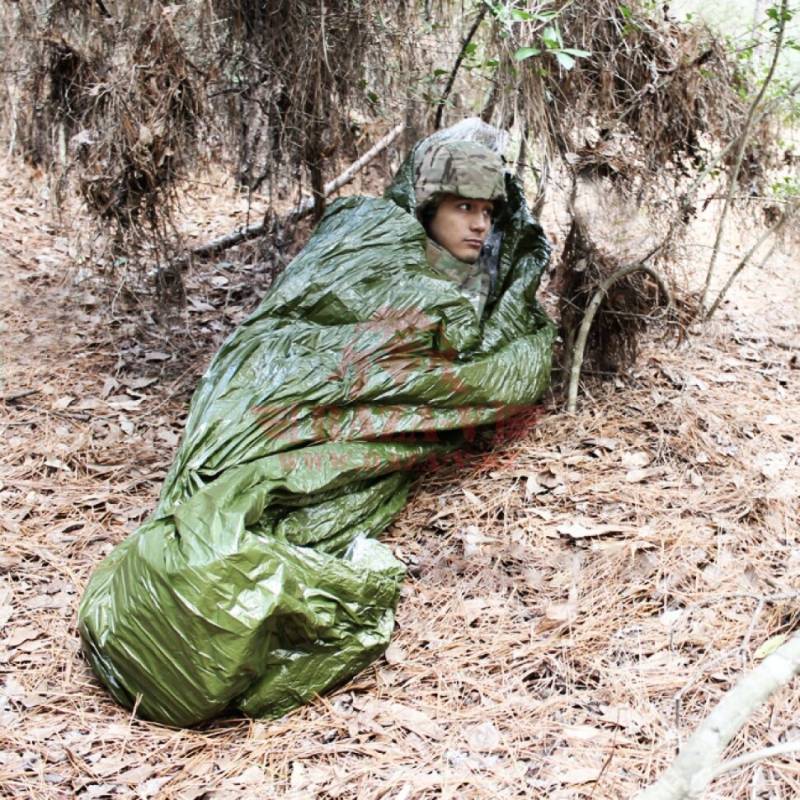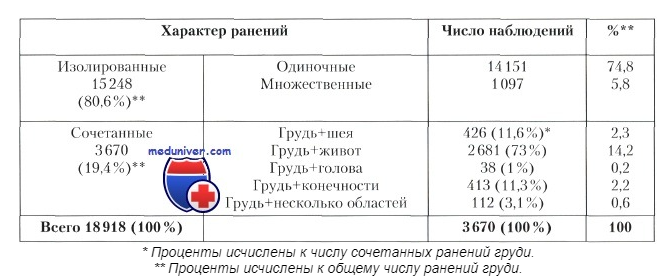Traumatic triad of death. Hypothermia

Injuries
On the eve of cold weather, I consider it necessary to recall the danger, which is not as pronounced as the injury itself, and is rather its consequence.
In general, injuries are divided according to the volume of the lesion into:
• isolated (damage to one organ or within one segment of the musculoskeletal system);
• multiple (damage to several organs or several segments of the limbs, that is, there are simultaneous fractures of two or more segments or sections of the musculoskeletal system);
• combined (simultaneous damage to internal organs and the musculoskeletal system).

Any injury is accompanied by bleeding or swelling with the development of local inflammation and possible subsequent tissue necrosis. Severe and multiple injuries are usually accompanied by traumatic shock and are very life-threatening.
Manifestations of traumatic shock:
• drop in arterial and venous pressure;
• increased heart rate;
• reduction in the amount of urine excreted;
• oppression of consciousness or, conversely, motor excitation.
Hypothermia
Further, the topic is considered within the framework of combat, and not domestic wounds. Despite the fact that combat surgical injuries are divided into gunshot and non-gunshot injuries, the danger of hypothermia is present in any case.
Why is hypothermia dangerous?
According to clinical observations, against the background of hypothermia, bradyarrhythmia (a pathological decrease in heart rate less than 60 beats per minute) and ventricular fibrillation (a dangerous type of tachycardia) can develop.
Despite the fact that hypothermia is directly associated with an increase in mortality due to trauma, the question of its effect on the incidence of deaths is still open. There is still no consensus on this issue, since it is quite difficult to determine whether a person would have died without hypothermia or not.
According to a 2004 National Injury Data Bank (NTDB) analysis, as temperatures dropped, mortality increased, reaching about 39% at 32°C, and remained constant at lower temperatures. When the temperature drops below 32 degrees Celsius, mortality rates remain constant, which may indicate a threshold below which physiological mechanisms are unable to correct body temperature, regardless of the severity of the injury. Although the severity of shock is largely indicative of outcome, hypothermia independently contributes to significant mortality associated with severe trauma.
With the loss of heat, the mechanisms of thermoregulation of the body are activated: trembling and spasm of blood vessels. Trembling allows heat to be released through excessive muscle activity. Spasm of blood vessels reduces the flow of blood to the skin, slowing down the cooling of the body.
With the continued effect of cold (in case of violation of heat transfer in the body, even the usual room temperature can turn out to be cold), the general metabolic processes in the body are inhibited, which entails a violation of the central nervous system, cardiovascular, respiratory and other vital functions of the body.
With a further decrease in body temperature, the affinity of hemoglobin with oxygen increases, blood viscosity increases, the pumping function of the heart and pulmonary ventilation decrease, and the activity of the respiratory centers is inhibited.
A decrease in body temperature to 26-27 ° C can cause primary paralysis of the respiratory center. Respiratory arrest is the leading cause of death in conditions of deep hypothermia.
Hypothermia in combat wounds
Of course, the probability of getting a severe stage of hypothermia with a gunshot wound is much lower than from exposure to adverse environmental conditions. However, in this case, its danger lies precisely in invisibility.
The problem is exacerbated by a combination of factors:
1. Massive blood loss leads to excitation of the sympathetic nervous system, which in turn releases a large amount of catecholamines (catecholamines include, in particular, such neurotransmitters as adrenaline, norepinephrine, dopamine and dopamine). At the same time, the amount of adrenaline and noradrenaline many times exceeds the norm. Under the influence of catecholamines, capillaries spasm first, and then larger vessels. The contractile function of the myocardium is stimulated, tachycardia occurs. The liver and spleen contract, ejecting blood from the depot into the vascular bed. Arteriovenous shunts open in the lungs.
2. When a limb is injured, a part of the body is cut off from the blood flow due to the action of the tourniquet, which means that it cannot independently maintain heat transfer. Among other things, prolonged exposure to a tourniquet negatively affects large nerves, often lying near the main arteries.
3. With a cavity wound, internal bleeding can be stopped only thanks to special preparations and timely medical care. At the stage of waiting for help or transportation, bleeding can cause the development of hypothermia, which in turn provokes a deterioration in the condition of the victim and, because of this, develops cumulatively.
Thus, it is obvious that hypothermia in a gunshot wound is a consequence that must be dealt with. Ideally, actions to prevent the development of hypothermia should be part of a pattern of care behavior, for example, analogous to the MARCH algorithm.
Help

Providing assistance to prevent the development of hypothermia.
In my opinion, it is easier to forget about hypothermia than to deal with it. Obviously, the most important rule is to warm the victim.
If the temperature of the victim is more than 32 degrees Celsius, you can increase the body temperature with the help of blankets, raising the ambient temperature, clothing, heating pads, and other things.
Temperatures below 32 degrees Celsius require more active actions: a warming blanket, increasing the temperature of the inhaled air, and washing the gastrointestinal tract with a warm solution. Warming the patient from the inside is sometimes offered, but experience with this technique is limited.
For the treatment of significant hypothermia, hemodialysis is recommended, as well as extracorporeal circulation, which clearly hints at the need for hospitalization of the victim.
Alcohol and coffee are strictly prohibited during hypothermia.
Conclusions
Of course, there is nothing new in the fight against hypothermia, and in most cases everyone already knows everything.
It is important to understand that any rescue action is only a part of the program aimed at rescue, and has its own sequence and degree of importance. Just as the conversion of the tourniquet must follow the arrest of bleeding, so the control of hypothermia must precede its development and follow all the necessary measures.
As a result, we again rest on the importance of prevention, and not on the response to the event. Yes, it's boring, you need to remember this, which is very difficult in combat conditions, but it is prevention that saves lives.
Information